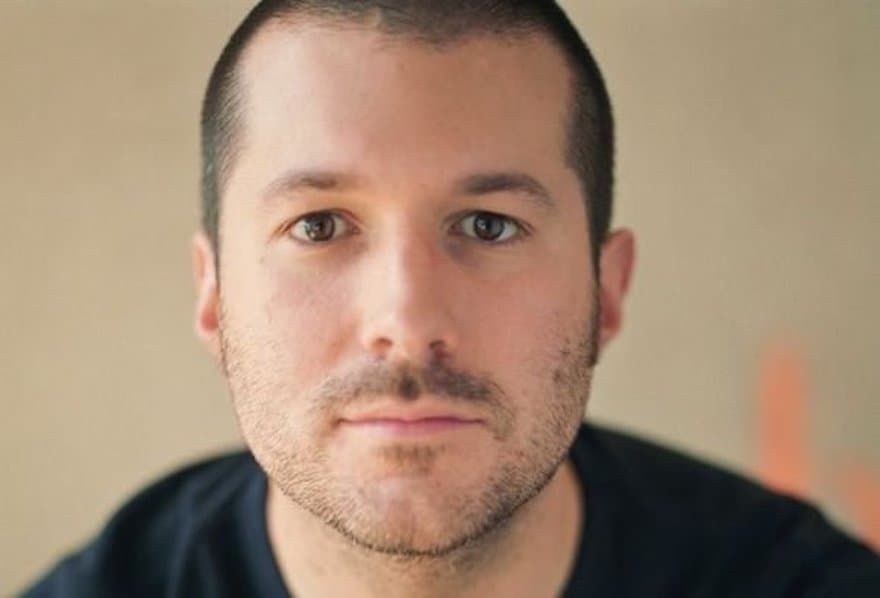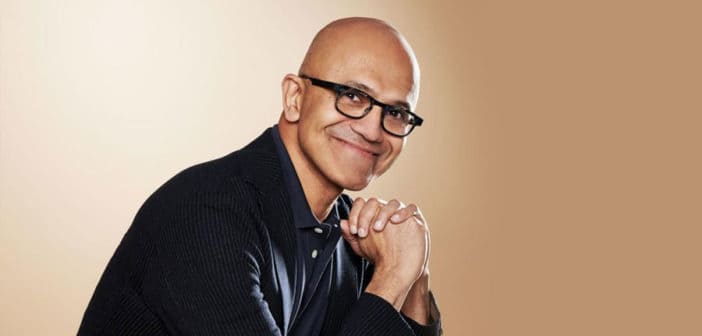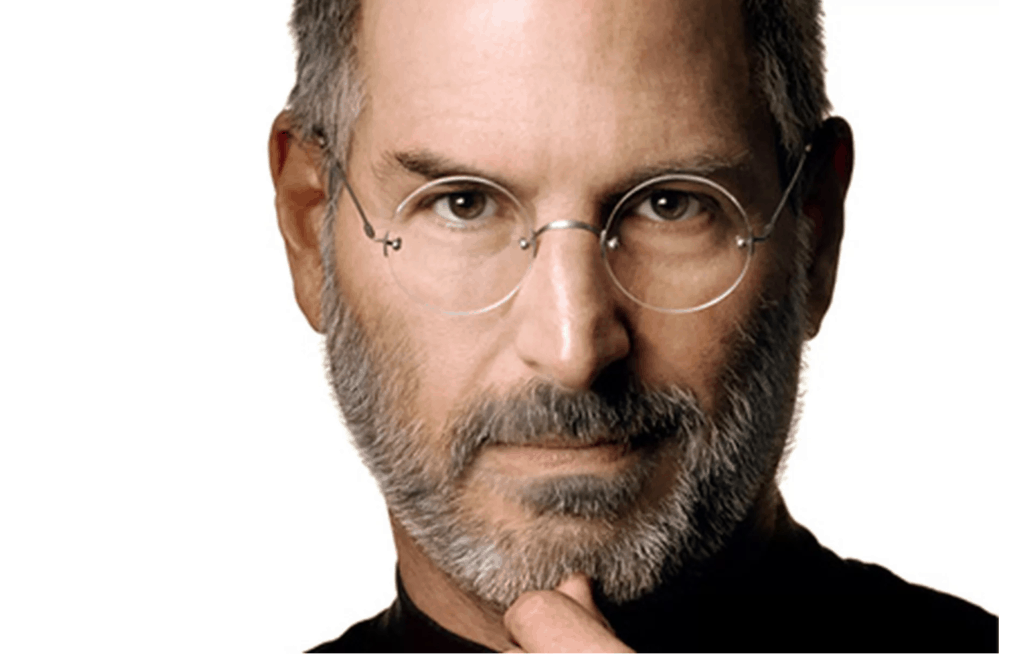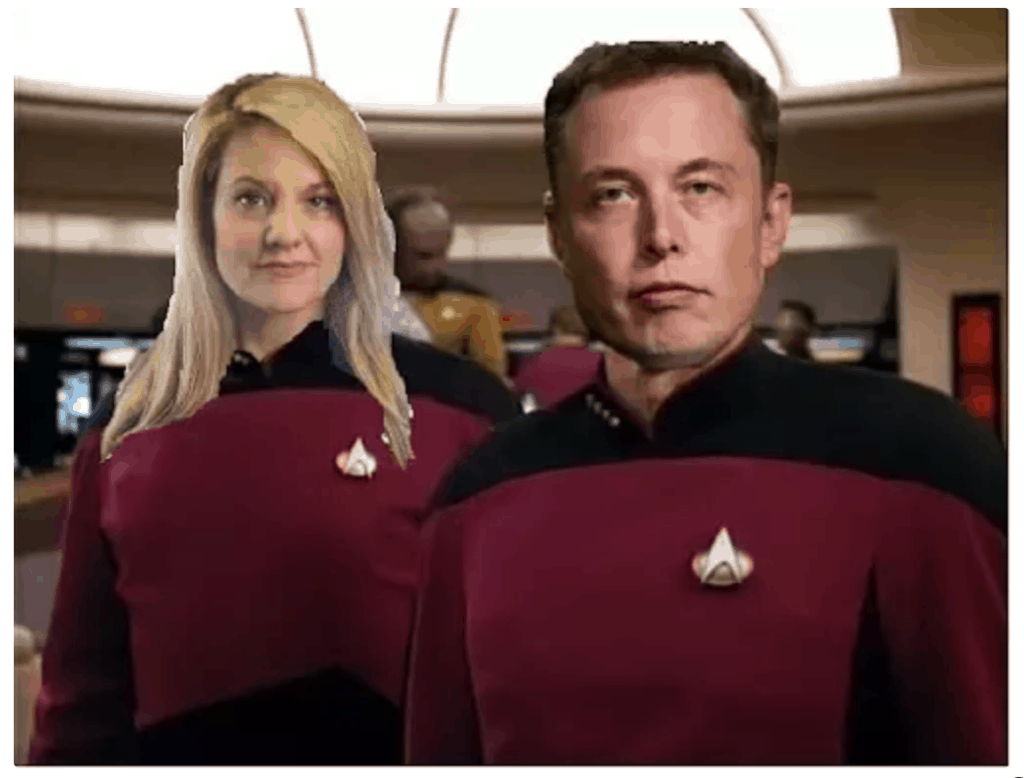This is going to be controversial. This is going to be good. Read on…
As the old story goes, a pessimist walks into a room with a pile of dung and says “There’s nothing here but a pile of horse sh*t.” An optimist walks into a room finding just a pile of horse sh*t and declares “There’s got to be a pony in here somewhere.”

You, my faithful Vision Master reader, are a perpetual optimist, so in this research report, I expose seven positive and valuable lessons you can get out of the recent departure from Apple Inc. of Jony Ive. With any luck and your help, Apple’s board may also get the message.
Just in case you’ve been sleeping under a rock this week, Jony Ive – the longtime friend and colleague of Steve Jobs who Jobs dug out of industrial-design obscurity to help design the iMac, iPod, iPad, and iPhone – has now left Apple to launch his own independent design firm LoveFrom. For those in the know, this is no surprise, a long-time coming, but also a huge punctuation mark in the ongoing saga of Apple’s recent decline and turn-around to come. With the future yet unwritten, what is there you as an innovator and Vision Master can learn today?

Let’s be clear that this report is addressed to Vision Masters because we’re the kind of innovators who study events and learn from them. We don’t hang around imagining what others will do. And we don’t stand in one place sucking wealth from our past glory; we’re continuously challenging ourselves and those around us to go further into the impossible. Why? Because we know that being a visionary is not enough. Visionaries see the future; Vision Masters MAKE the future. We want to make the future and to do that we know we have to learn and adapt. So now let’s get on with it here.
You may remember my prediction at the beginning of 2019 in my article, 2019 Silicon Valley Predictions: Who Stays and Who Goes, that Jony Ive would become the CEO of Apple (supported by an Execution Master like Sheryl Sandberg as president). I thought and still do that this would replicate the experience of Microsoft when it elevated Satya Nadella to CEO and took off like a rocket. It looks like I was wrong. Or was I?

You may not be aware of exactly how Nadella turned Microsoft around. I’ll summarize that Nadella brought fresh innovation enabled by a freshened culture of innovation, rather than relying on past success. Bear in mind, this is a trillion-dollar company with earnings still growing at more than 10% per year. It’s a “Nadellaisance”… How Satya Nadella Remade Microsoft as the World’s Most Valuable Company and What Businesses Can Learn From Satya Nadellas Transformation of Microsoft. Is such a renaissance in the future for Apple as well? The departure of Ive does not bode well. Or does it?
The present is not so bright for Apple. The departure of Jony Ive this week is symptomatic – Apple is a company now dedicated to excellence in production and more recently in providing services that take advantage of 900 million iPhone users, not new products. Apple is of course led by operations wiz in Tim Cook, who according to the Wall Street Journal, took little interest in product design after taking over for the late Steve Jobs in 2011. Cook instead focuses on operations and squeezing the most revenue possible out of the Apple ecosystem. According to the WSJ, Ive departed out of steadily increasing frustration with this, to his mind uninteresting, process (relying on the Apple ecosystem surrounding the iPhone rather than creating fresh innovation.)
You can appreciate the multiple data points that support the WSJ argument — the switch to services, the disappointing sales of the Apple Watch, now disappointing sales of iPhone. What really motivated Ive to leave? The very private Ive inside the very private Apple is hard to read. However, WSJ implies that Ive blames the disappointing sales of Apple Watch as due to its positioning as an accessory for the iPhone rather than an accessory for a person. In other words, Ive was over-ruled and dominated by the Cook regime, which is seeking to squeeze every dollar out of the existing iPhone community. Overall Apple revenue is now disappointing which Cook blames on trade wars.
It’s obvious to me, and I imagine to Ive, that Apple’s singular reliance on iPhone hardware for the last half a decade had to eventually slow the company and make it vulnerable to trade wars. Trade wars are not the problem for Apple. Lack of fresh innovation is the problem.
I disagree with CNBC and other commentators who state that Ive is living in the past (as in the contraction “I’ve”) where brilliant hardware innovation was once the low-hanging fruit at Apple. CNBC implies that a company the size of Apple can no longer rely on mind-blowing products and has to have a larger vision of its role. Microsoft’s transformation under Nadella as CEO falsifies this theory. Mind-blowing products can still remake entire industries and can come from large companies as well as small, and Apple can still have another day in the sun. Take a bite of that idea.
Recall the Steve Jobs was forced out of Apple in 1985 and returned in 1997 when the company’s found itself failing without his innovative genius. Remember that Jony Ive, who has been with Apple 27 years, was Steve Jobs’ confidant and friend – the man who shared Jobs’ passion for design and for a particular kind of design emphasizing simplicity, minimalism, elegance, and impeccable functionality. Ive was and is the man most capable of translating Jobs’ vision into real products and in fact who added a great deal to the vision himself.

Buried in the WSJ article covering Jony Ive, the author reminds us that Jony Ive embodies Steve Jobs in another way — the ability to challenge his team members to go beyond what they believe is possible — what I’ve called the “Mission Impossible” management method.
The essence of this lesson was years earlier revealed (without naming it) by an interview of Ive in Vanity Fair quoted in Inc. magazine. Here Ive states that he learned from Jobs the value of placing the quality of their work above the vanity of being liked by team members.
This kind of management will be sorely missed at Apple Inc. He hadn’t been doing much of any management lately, but that’s not the point. “Mission Impossible” leadership is and will be missed at Apple.
Is it fair to state that Jony Ive channels Steve Jobs? This may be giving both too much spiritual credit. In any case, this leads to the question, does Ive’s career mirror that of Jobs’? Will history repeat itself once again? Will Jony Ive return to Apple when Apple’s board comes to its senses and realizes it needs a Vision Master at the helm, as Microsoft realized with the hiring of Nadella? As the Chinese proverb says, “We’ll see.”
I’m not claiming that Ive is, by himself, capable of running Apple. That’s why I proposed that if he does return as CEO, he’ll need a close working relationship with a day-to-day operations Execution Master. Think Elon Musk and Gwynne Shotwell. Under him or side-by-side, not over him.

So now, what seven lessons is there for you, as a Vision Master, to learn from all of this?
- You, the Vision Master, are the star, the prize. Do NOT give up the CEO role just because investors find you too disruptive, undisciplined or inexperienced. The CEO should ALWAYS be YOU the Vision Master. The Execution Master is under you or side-by-side.
- Think of yourself as Vision Master, NOT “visionary”. Vision Master means not just seeing the future but making the future – which means acquiring the capacity to lead a company.
- Notice I did not say “running” a company. I said “leading” a company. With the right context (i.e. mindset), clarity of purpose and ability to communicate, you can leave most of the day-to-day operations to your co-founder Execution Master.
- Part of being a Vision Master is to master collaborating with and trusting an Execution Master as your second-in-command, as Mark Zuckerberg does with Sheryl Sandberg and Elon Musk with Gwynne Shotwell, Melanie Perkins does with Cliff Obrecht, and ironically Steve Jobs did with Tim Cook.
- Image result for canva co founders
- When speaking with investors, always remember that YOU are the prize. That means you, not your product. The right investors will be attracted to you because you have what they lack at this point in their lives, namely the ability to innovate without you.
- This does NOT call for arrogance or rigidity. Coachability and flexibility are essential as a Vision Master.
- The Mission Impossible management method is the most powerful way for you to lead as Vision Master. It’s not just style. It goes to your commitment to the quality of your work over the need to be liked by other members of your team. Only a Vision Master can make this method work because it relies on respect for you as an innovator. This is a method not to shrink from but to master as Vision Master. New worlds will open for you and your team.
Key Takeaways:
- As Vision Master, you are the CEO of your company. The Execution Master is under you or side-by-side.
- Vision Master means not just see the future but make it – which means leading a company well.
- “Leading” a company is not the same as “running” a company.
- Part of being a Vision Master is to master collaborating with and trusting an Execution Master.
- When speaking with investors, always remember that YOU are the prize. That means YOU, not your product. Investors need you emotionally more than you need them.
- This does NOT call for arrogance or rigidity. Coachability and flexibility are essential.
- The Mission Impossible management method is the most powerful way to lead a growing company.
We appreciate your comments! Would you be so kind as to use LinkedIn for those comments? Thanks for your support, Rob
If you enjoyed this article, please share with your friends and colleagues using the buttons below.
